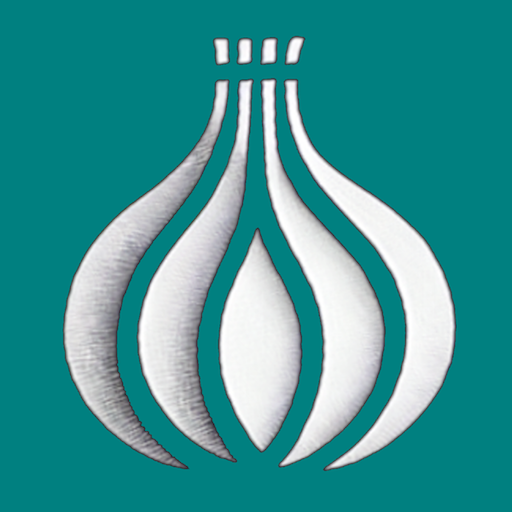Predictive analytics is a powerful tool that enables businesses to forecast future sales trends by analyzing historical data and identifying patterns. By leveraging predictive analytics, companies can make informed decisions, optimize their strategies, and stay ahead of the competition. Here’s how you can use predictive analytics to forecast future sales trends effectively.
1. Understand the Basics of Predictive Analytics
Predictive analytics involves using statistical algorithms and machine learning techniques to identify the likelihood of future outcomes based on historical data.
- Data Collection: Gather relevant historical data, such as sales figures, customer behavior, and market trends.
- Data Cleaning: Ensure the data is accurate and free of errors by removing duplicates, correcting inaccuracies, and filling in missing values.
- Data Analysis: Use statistical methods and machine learning models to analyze the data and identify patterns and correlations.
2. Choose the Right Predictive Models
Selecting the appropriate predictive model is crucial for accurate forecasting.
- Time Series Analysis: Analyze data points collected or recorded at specific time intervals to identify trends and seasonal patterns.
- Regression Analysis: Use regression models to understand the relationship between dependent and independent variables and predict future values.
- Machine Learning Models: Implement machine learning algorithms, such as decision trees, neural networks, and random forests, for more complex and accurate predictions.
3. Identify Key Predictors
Identify the key predictors that influence sales trends to improve the accuracy of your forecasts.
- Seasonality: Consider seasonal variations that impact sales, such as holidays, weather changes, and school terms.
- Market Trends: Analyze broader market trends, such as economic indicators, industry developments, and consumer sentiment.
- Customer Behavior: Examine customer purchasing patterns, preferences, and demographics.
4. Implement Predictive Analytics Tools
Leverage predictive analytics tools to streamline the forecasting process.
- Software Solutions: Use software solutions like IBM SPSS, SAS, and Google Analytics to perform predictive analytics.
- Visualization Tools: Implement visualization tools like Tableau and Power BI to create interactive dashboards and visualizations for better insights.
- Cloud Platforms: Utilize cloud-based platforms like AWS, Azure, and Google Cloud for scalable and flexible predictive analytics.
5. Validate and Refine Your Models
Regularly validate and refine your predictive models to ensure accuracy and reliability.
- Backtesting: Test your models on historical data to evaluate their accuracy and identify areas for improvement.
- Model Comparison: Compare different models to determine which provides the most accurate forecasts.
- Continuous Improvement: Continuously update your models with new data and insights to maintain their accuracy over time.
6. Apply Insights to Business Strategies
Use the insights gained from predictive analytics to optimize your business strategies.
- Inventory Management: Forecast demand to optimize inventory levels and reduce stockouts and overstock situations.
- Marketing Campaigns: Tailor marketing campaigns based on predicted customer behavior and preferences.
- Sales Planning: Set realistic sales targets and allocate resources effectively to achieve your goals.
結語
Predictive analytics is a valuable tool for forecasting future sales trends and making data-driven decisions. By understanding the basics of predictive analytics, choosing the right models, identifying key predictors, implementing the right tools, validating your models, and applying insights to your business strategies, you can effectively forecast future sales trends and stay ahead in the competitive market.



